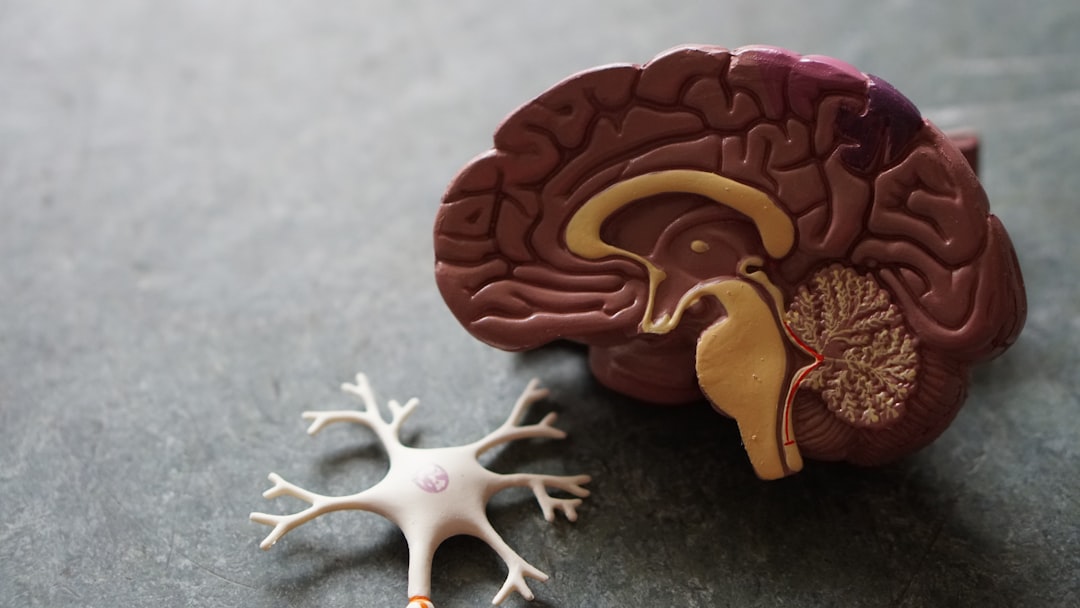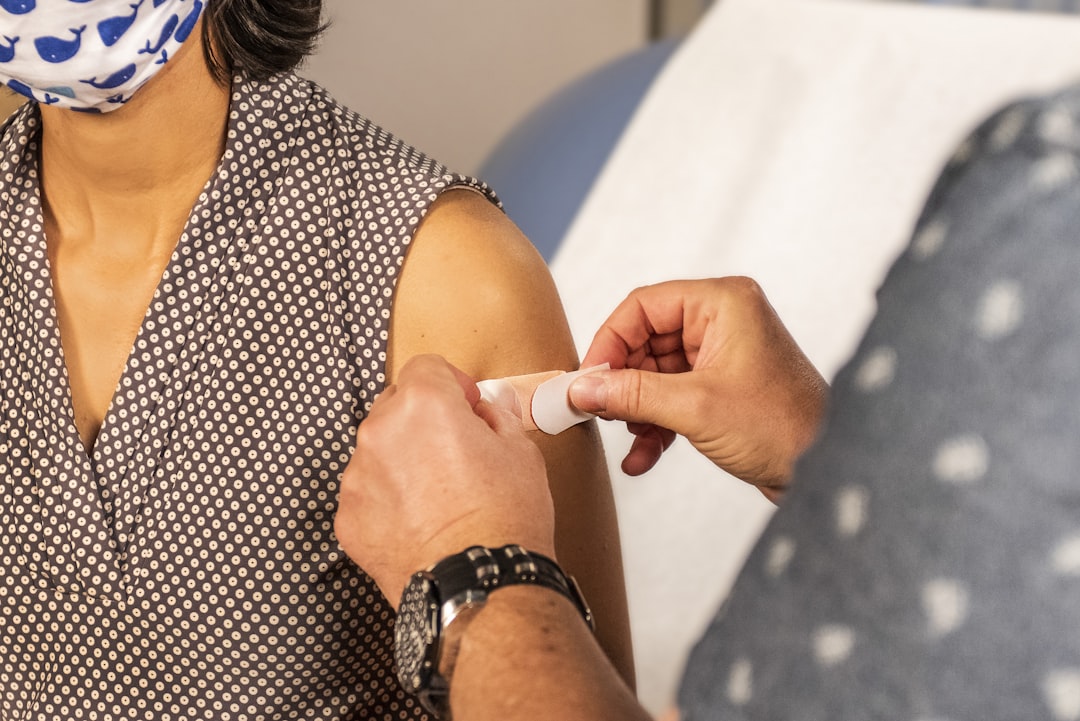What is it about?
Researchers designing and deploying technologies in the wild can find it difficult to balance pure innovation with scalable solutions. We propose a catwalk technology metaphor where researchers as boundary creatures focus on innovation whilst providing links to prêt-a-porter (ready to wear) developments. Evidence from three ‘in-the-wild’ field-based learning case studies with 140 geosciences and history learners are used to conceptualise the researchers’ ‘boundary creature’ role in managing these design process tensions, specifically for e-learning using mobile systems, distributed collaboration, sensors and augmented reality in quarries, up mountains and in the city. The analysis details the researcher issues of spatial/temporal acuity and socio-political astuteness in an adapted practitioner inquiry approach. Ultimately, a researcher design role (RDR) model reveals how researchers establish expectations with the design team, stakeholders and users around what is to be innovated (e.g. technology, activities) and how the system will change or enable current practices.
Featured Image
Read the Original
This page is a summary of: Of Catwalk Technologies and Boundary Creatures, ACM Transactions on Computer-Human Interaction, July 2013, ACM (Association for Computing Machinery),
DOI: 10.1145/2491500.2491503.
You can read the full text:
Contributors
The following have contributed to this page










